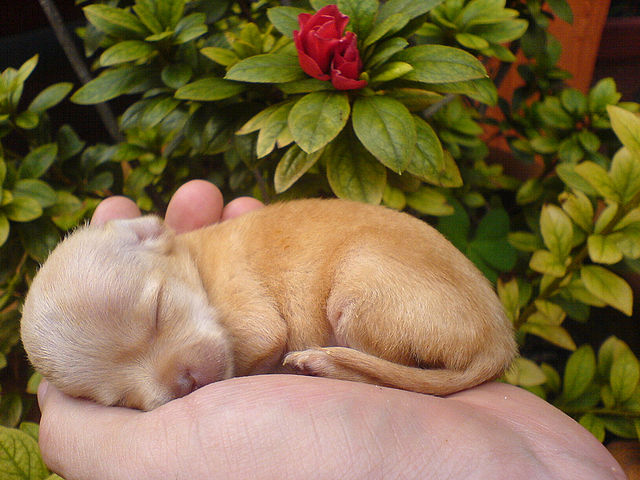Many people in the United Kingdom own one or more pet dogs, and it’s easy to see why. Dogs make great companions; they offer us lots of entertainment, love and attention, and they are very loyal.
Some people might give a home to dogs from a specific dog breeder, whereas others might adopt one or more dogs from an animal rescue or the local RSPCA, (for example, my wife and I own a couple of retired greyhounds).
But if you own one or more dogs, especially puppies, and regardless of where you got them from, one thing that all dog owners need to be aware of is the dreaded fleas problem.
What are fleas?
Fleas are wingless insects which have mouthparts that are designed for piercing skin and sucking blood. These external parasites feed off the blood of animals, birds and humans in order to survive.
As you can imagine, fleas are not a particularly pleasant insect to have to deal with, and it can cause your dog unnecessary suffering and in some cases ill health. Puppies are at a higher risk of developing related medical complaints such as tapeworm, and many can even be allergic to a flea’s saliva, which can cause painful skin diseases.
There are two types of flea that dogs can be affected by, and are both similar in appearance:
-
Ctenocephalides Felis (Cat Flea) – ironically, it is the cat flea which causes the most amount of trouble for a puppy. These pesky little parasites measure between one to two millimetres long, and can infect your puppy’s coat, feeding on their blood and then shortly afterwards reproducing and laying eggs on their body. Cat fleas don’t have wings, but can jump high and move quickly thanks to their long, hind legs. Cat fleas as you might have guessed originate from cats, and are more prevalent in households where both cats and dogs live together ;
-
Ctenocephalides Canis (Dog Flea) – although they are not as common as cat fleas, dog fleas can exist in dog-only households. As with cat fleas, they are of a similar size and can jump very easily from host to floor and vice-versa.
Where do fleas come from?
There are a number of sources where puppies can pick up fleas from, for example, they can pick them up by simply going outdoors and being in close contact with another infected animal, or from infected cats or dogs that live in the same home as them.
Flea eggs can also be contracted from dirty bedding, carpets, floorboards or even soil. Because they are quite resilient, fleas can lay dormant for months on end.
How do I prevent fleas from infecting my puppy?
Thankfully, there are a number of things that you as a puppy owner can do to help prevent fleas from entering your home and infecting your pooch. I recommend undertaking these precautionary measures at least once a week:
-
Wash all dog bedding and machine-washable toys in as high a temperature as possible;
-
Vacuum your carpets and any areas your puppy frequents;
-
Steam clean any hard surfaces such as tiled floors or laminate flooring;
-
Clean any dog bowl stands (and wash their bowls on a daily basis);
These tips should help you to completely minimise the risk of your puppy getting fleas, but should the worst occur, then the good news is that you can take care of the problem with an effective course of flea treatment, such as Stronghold flea treatment.







